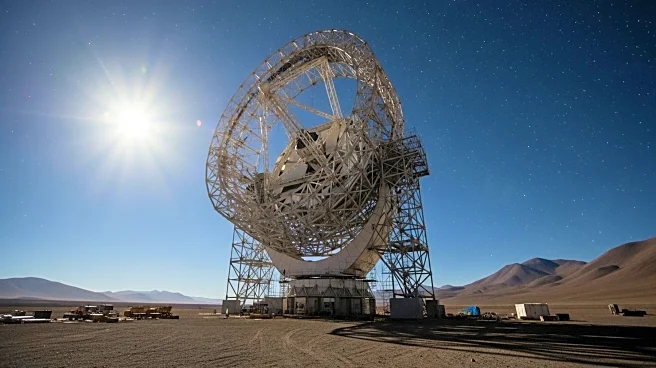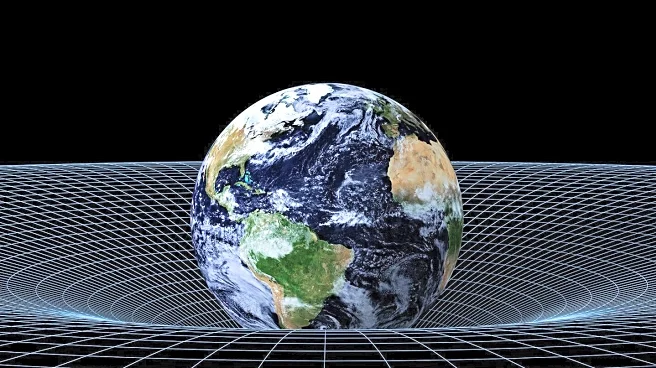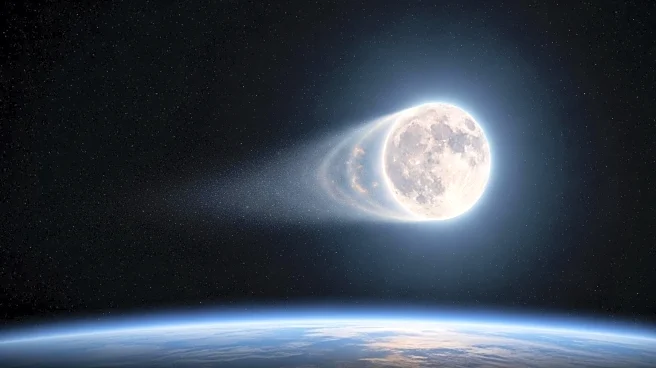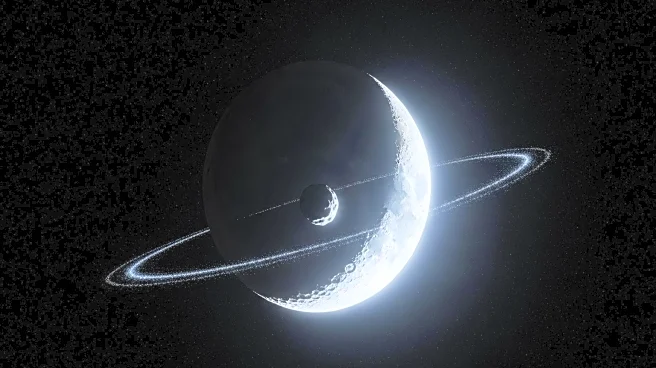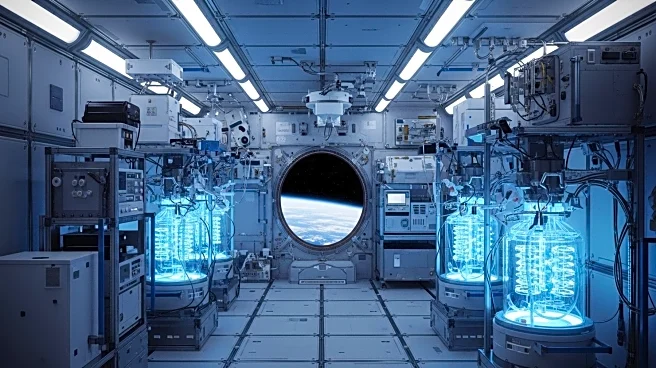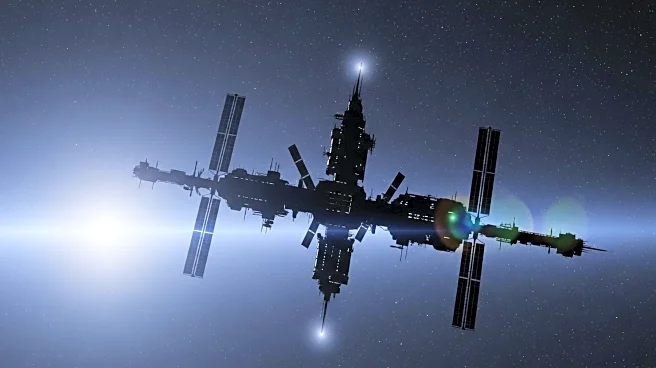What's Happening?
A discussion in New Scientist's 'Last Word' series explores the hypothetical concept of traveling by waiting in midair as Earth rotates beneath. Readers have debated whether one could simply ascend and wait for the destination to rotate into position. While previous answers dismissed the idea due to atmospheric constraints, new insights suggest that launching into a highly eccentric orbit could theoretically allow travel across longitudes. However, practical challenges such as energy inefficiency and survival upon re-entry make this method unfeasible. The discussion also humorously suggests using balloons in windy regions like Orkney for a more realistic approach to circumnavigation.
Why It's Important?
This exploration highlights the intersection of scientific curiosity and practical limitations. While the concept of using Earth's rotation for travel is intriguing, it underscores the importance of understanding atmospheric dynamics and orbital mechanics. The discussion serves as a reminder of the complexities involved in space travel and the need for energy-efficient solutions. It also encourages creative thinking in scientific inquiries, fostering a deeper appreciation for the natural forces that govern our planet.
Beyond the Headlines
The conversation reflects broader themes in scientific exploration, such as the balance between theoretical possibilities and real-world constraints. It also touches on cultural aspects, like the appeal of adventurous travel methods and the role of humor in scientific discourse.



